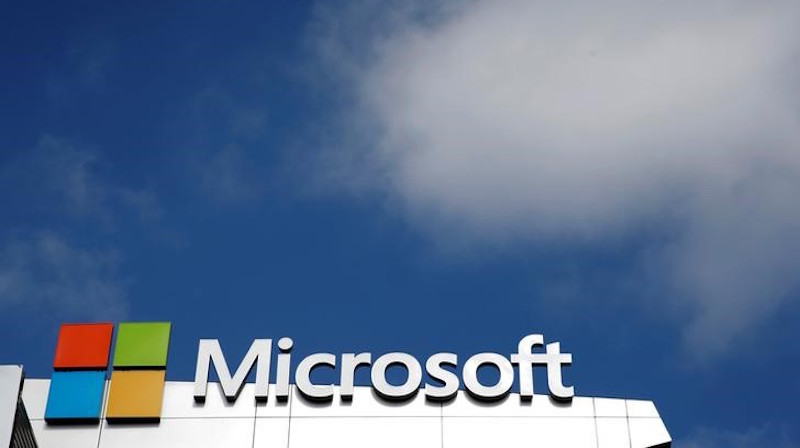A deep dig by Digital Trends revealed some very interesting facts about the new, yet-to-be-released lightweight version of Windows 10, called Windows 10 Cloud.
The preview version of Windows 10 Cloud was installed on a virtual machine and tested, and this is what they found.
- There is an option to allow non-Windows-Store apps to a system running on Windows 10 Cloud. Right now it does not appear to be enabled – the “Allow apps from anywhere” option cannot be selected yet, but we expect that to change when the product is actually released.
- There doesn’t appear to be many major changes from the full version of Windows 10, except for the context menu, where the Settings app link replaced the Control Panel one and Command Prompt is being called Windows PowerShell.
- Gaming section can be seen within Windows Settings, will all the Game Bar, Game DVR and Game Mode settings available. Game Mode, however, is turned off by default.
- Win32 apps converted from traditional desktop apps should also be able to run on this OS version, although it’s throwing up an error at the moment.
- A few other UI changes were seen, but those are likely to be part of Creators Update when it comes out at the end of March 2017.
- Digital Trends says Windows 10 Cloud is reminiscent of Windows 8 with Bing, which was pretty much the full version of Win8, but with Bing as the default search engine. This was free for OEMs to use.
The assumption right now is that Windows 10 Cloud will be revealed at the BUILD 2017 conference to be held in May this year. That’s three months from now, and more than a month after the expected launch of Windows 10 Creators Update.
If Windows 10 Cloud is, in fact, the low-cost version of Windows 10 that OEMs are expected to get, then Microsoft may actually want to put it out before BUILD 2017, so they get as much sales traction as they can during the current calendar year, which contains two more reporting quarters for 2017.



